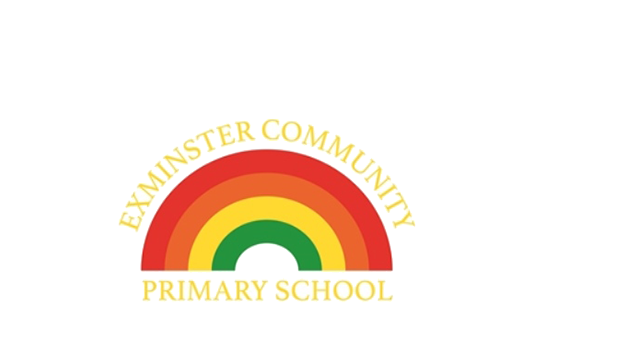Priority 1
Reading Reading Reading!
We believe that the most important thing that parents can do to help their children achieve at school is to share books with them.
- Reading can help children access other areas of the curriculum
- Reading can help children become good writers
- Reading can help children to communicate well
Here are some questions that you might like answered.
Surely the school should teach my child to read?
We do, regularly (through Letters and Sounds at KS1, guided reading, shared reading, individual reading, reading across the curriculum), but nothing is more powerful in developing reading than the bond between child and parent enjoying books together. It also gives you an opportunity to reinforce what children have been learning in school.
How often should I read with my child?
Everyday if possible. Find a time that suits your family, perhaps as part of the bedtime routine.
Does this include children who are in Year 5 and 6?
Absolutely. The language children are exposed to, through sharing a variety of books, will significantly develop their ability as writers both in upper KS2 and at secondary school.
Surely you mean "hear my child read" not share?
Children will benefit the most if they share books with you in different ways, e.g.
- You read to them (very important, even in Year 6)
- Taking turns, e.g. A page each
- Child reads the part of one of the characters
- Read aloud at the same time (paired reading)
- Listen to them read
How can I help my child when sharing a book?
- Discuss the book with them before, after and during the reading
- Flick through the book and chat about what the book might be about
- Predict what is going to happen next
- Encourage a range of strategies for tackling unfamiliar words (sounding it out, chopping it up, using picture clues, reading ahead and putting it into context)
- Aim to keep the flow going. Give the children unfamiliar words at times
- For younger children re-read favourite books over and over again
Priority 2
Basic maths skills, phonic and spelling patterns
Although we teach these continuously at school, some children find it more difficult than others to remember or recall the facts or patterns. Having these essential skills at their fingertips will have a significant impact on their ability. Regular reinforcement at home will help to keep these skills honed.
To address this we will be sending home regular tasks and activities including spelling patterns/spellings related to topic work and maths games and activities.
Priority 3 (KS2)
Project Work
In addition to the two priorities above, your child may have a project to complete that is linked to the class learning. The aim with this type of learning is that it is open-ended and allows choice in how this may be tackled and presented.
Other work
When appropriate, some additional home learning may be set. Years 5 and 6 will be set regular science home learning to complete.
How will home learning be marked?
If your child is anxious or unhappy about a home learning task, for whatever reason, please put a note in their book to give us a better understanding of how they respond to tasks or come and chat to us.
We will always respond to the home learning that your child has completed. This will be done in different ways which may include:
- Showing and sharing with the rest of the class
- Verbal feedback to pupils
- Using the project or home learning for display in the classroom
- Group discussions
- Children's self-marking, self assessment
- Teacher acknowledgement
- Teacher comments
- Parental marking/comments
What will happen if home learning is not completed?
For learning that is not consistently completed at home, there will be opportunities created within the school day for children to complete it.
There will be no home learning set during holiday periods, including bank holidays, apart from ongoing reading.








